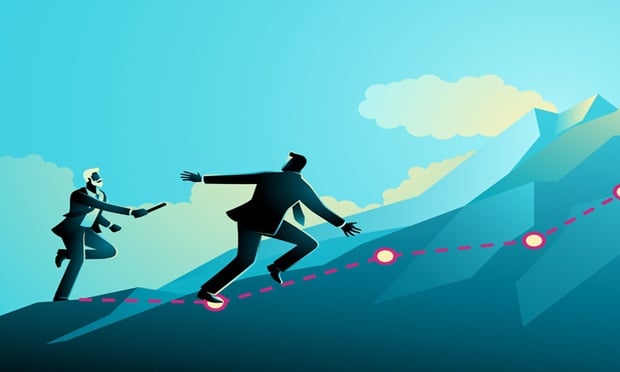Hailstorms in Australia, tornadoes in the southeastern U.S. and windstorms in northern Europe: It's only January, and we're already getting hints that 2012 may be shaping up to equal the meteorological mayhem of 2011.
It's not a good sign for the insurance industry, which paid out more than $100 billion in 2011 on natural disasters.
But cats of the future may not arise from the usual suspects like hurricanes, flooding and earthquakes. A recent report by the World Economic Forum (www.weforum.org) indicates we could be looking at even bigger problems that will affect the ever-connected globe.
For the past 7 years, WEF's 1,000 member global companies have ranked the top 5 global risks in terms of both likelihood and impact. The group has been pretty spot on in the past. For example, in 2008 through 2010, the No. 1 top global risk for likelihood was “asset price collapse,” while for 2011 the top most likely threat was “meterological catastrophes,” and the risk with the highest impact was “fiscal crises.”
For 2012, the likelihood ranking is:
- Severe income disparity
- Chronic fiscal imbalances
- Rising greenhouse gas emissions
- Cyber attacks
- Water supply crises
And for impact:
- Major systemic financial failure
- Water supply crises
- Food shortage crises
- Chronic fiscal imbalances
- Extreme volatility in energy and agriculture prices
The “severe economic disparity” seems like a no-brainer. According to data compiled by the World Bank, the U.S. has a higher level of income inequality than Europe, Canada, Australia and South Korea. And while many countries have seen a gradual rise in income inequality, the situation in the U.S. has happened more rapidly in recent decades. Given this reality, a “major systemic financial failure” doesn't seem that far-fetched, in spite of the feeble recent gains in the U.S. economy.
Economy aside, the other looming threats are just as feasible: cyber attacks, rising greenhouse gases, water and food supply crises. And as the study so astutely points out, all these problems are interconnected.
Using last year's Japanese earthquake and tsunami as an example, the WEF diagrammed how the resulting contamination and property damage led to business interruption, supply chain disruption, reputational loss, drop in sales and revenue, and tightened cash flow for businesses—which in turn undermined stock price and added to the threat of a global fiscal crisis.
Although I'm not a big believer in New Year's resolutions, I did add one personal goal to my 2012 list: Control what you can control, let go of the rest. On a personal level, this means that while I can't control most of what happens in the world around me, I can take charge of my own life.
This applies to the world of insurance as well. Although many problems may be out of our hands, we're lucky to be working in an industry that's based on this mantra. Smart risk management, beefed-up building codes, formalized disaster planning and appropriate levels of insurance coverage may not solve the world's problems, but they can at least help slow down the snowball effect.
Want to continue reading?
Become a Free PropertyCasualty360 Digital Reader
Your access to unlimited PropertyCasualty360 content isn’t changing.
Once you are an ALM digital member, you’ll receive:
- Breaking insurance news and analysis, on-site and via our newsletters and custom alerts
- Weekly Insurance Speak podcast featuring exclusive interviews with industry leaders
- Educational webcasts, white papers, and ebooks from industry thought leaders
- Critical converage of the employee benefits and financial advisory markets on our other ALM sites, BenefitsPRO and ThinkAdvisor
Already have an account? Sign In Now
© 2024 ALM Global, LLC, All Rights Reserved. Request academic re-use from www.copyright.com. All other uses, submit a request to [email protected]. For more information visit Asset & Logo Licensing.








